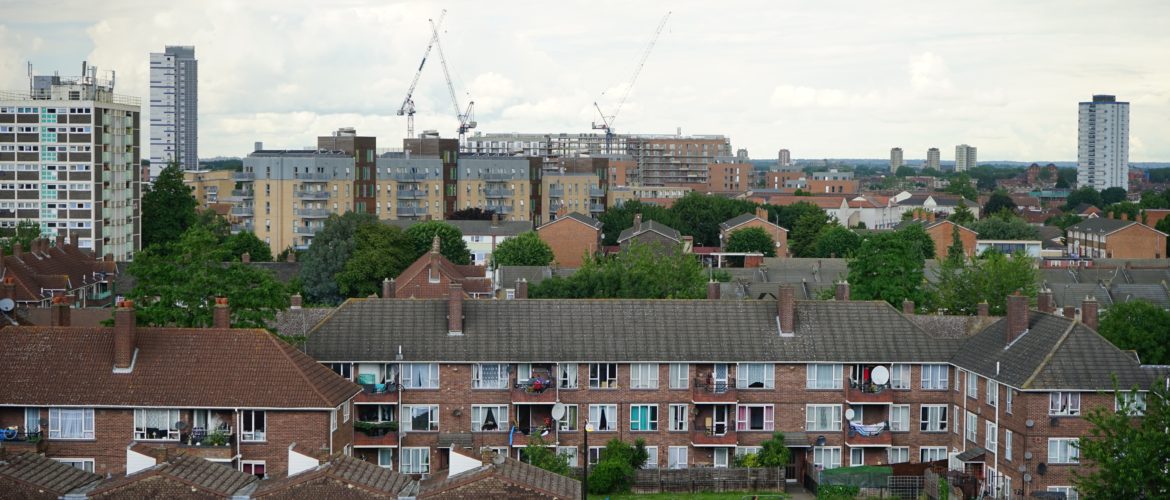Blog
Equity is an interesting concept. Not dissimilar to equality, equity is about fairness. In spite of the similarity, the terms are not to be used interchangeably. Equality means that everyone is treated equally. The problem with equality is that the term assumes that everyone is on a level playing field. Equality assumes everyone requires the same amount of assistance. This is an inherently flawed approach when it comes to alleviating several different societal issues. The public health sector particularly suffers when this approach is employed. Bill Gates does not require subsidies for childcare that a single mother might. Donald Trump may not need housing services, though disadvantaged youth may. The examples are numerous. Unlike equality, equity recognizes the complexity of disadvantages, disparities, and inequities in issues such as these. Equity is about social justice.
What Health Equity Means in Public Health
Health equity is, effectively, the absence of systematic disparities in health between social groups who have different levels of underlying social advantage or disadvantage (Defining Equity in Health). Health equity is achieved when everyone has the opportunity to attain their highest level of health (APHA, 2020). Health equity is a concept that is gaining familiarity in the public health sector. With this being the case, it is important that public health and healthcare professionals recognize the meaning of the term. Furthermore, health inequities among different groups must be recognized and addressed by these parties.
Health Disparities in Young Adults
One group that is affected by health inequities are young adults aged 18-26. This group is very important to recognize, as they are in a transitional period in life. The shift from adolescence to young adulthood brings about numerous changes to the lives of young adults. Some examples would be entering the workforce, entering college, and accessing healthcare independent of one’s own parents. This period gives rise to behavioral patterns that will help determine the youth’s health well into adulthood. Generally, young adulthood is a very healthy time in one’s life. This being considered, important health and social problems emerge or peak through ages 18-26 (Healthy People 2020, 2020). As a 25-year-old college student, I can confirm the changes that occur during these years can be both plentiful and overwhelming. Some examples of health issues that young adults face are homelessness, sexually transmitted infections such as HIV, and mental disorders. Homelessness is an issue even here in Reno, where over 3,500 youths are affected (Eddy House, 2019). 1 in 4 new cases of HIV occur from ages 13-24 and 60% of these cases are unaware that they have HIV (CDC, 2012). This can often be attributed to risky sexual behaviors occurring in the age group. 75% of mental health disorders appear by age 24 and adverse childhood experiences (ACES) give rise to mental and behavioral issues later in life (Healthy People 2020, 2020). For example, divorce during one’s childhood is an ACE and can lead to increased risk for issues such as substance abuse and alcoholism.
How to Achieve Health Equity
The Robert Wood Johnson Foundation describes health equity as achieved when everyone has the opportunity to attain full health potential. When working towards health equity for young adults, the approach should be the same from a structural standpoint, though the issues specific to the age group or demographic should be the focal point. Washoe County also shows prevalence of many inequities and disparities among young adults. Two of the more prevalent issues in Washoe County are homelessness and HIV rates. Young adults are disproportionately affected by these issues for a myriad of different reasons, though tackling both of these issues collaboratively would be a step towards health equity. Two organizations in Northern Nevada that aid with these issues are Northern Nevada HOPES and Eddy House. Eddy House is an organization focused on eliminating youth homelessness in Washoe County and Northern Nevada HOPES is a medical and wellness clinic with various HIV prevention services. A partnership with the mutual goal of achieving health equity of young adults here would entail a partnership in which professionals from both organizations recognize the disparities that are often related to one another and would establish care on both fronts. This is a hypothetical example, though I would love to see similar initiatives appear in Washoe County.
Achieving health equity is not an easy task. In order for this to be a possibility, healthcare professionals across the community need to be on the same page. This is the first step in achieving equity in any population.
This blog was written by Nicholas, a High Sierra AHEC Student Ambassador.
Resources
Eddy House
Healthy People 2020
Defining Equity in Health
Health Equity
HIV Among Youth

